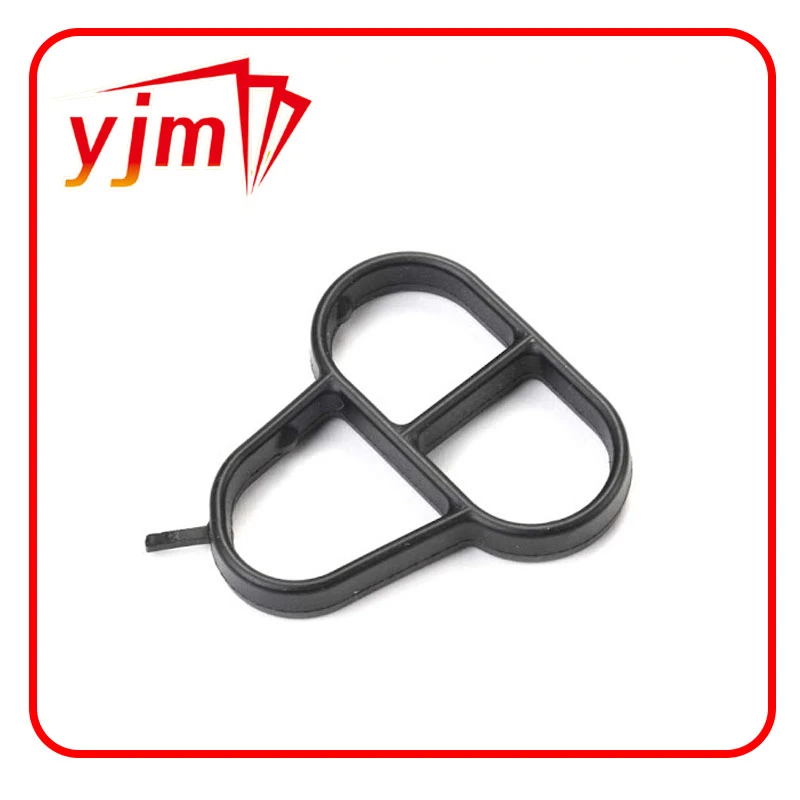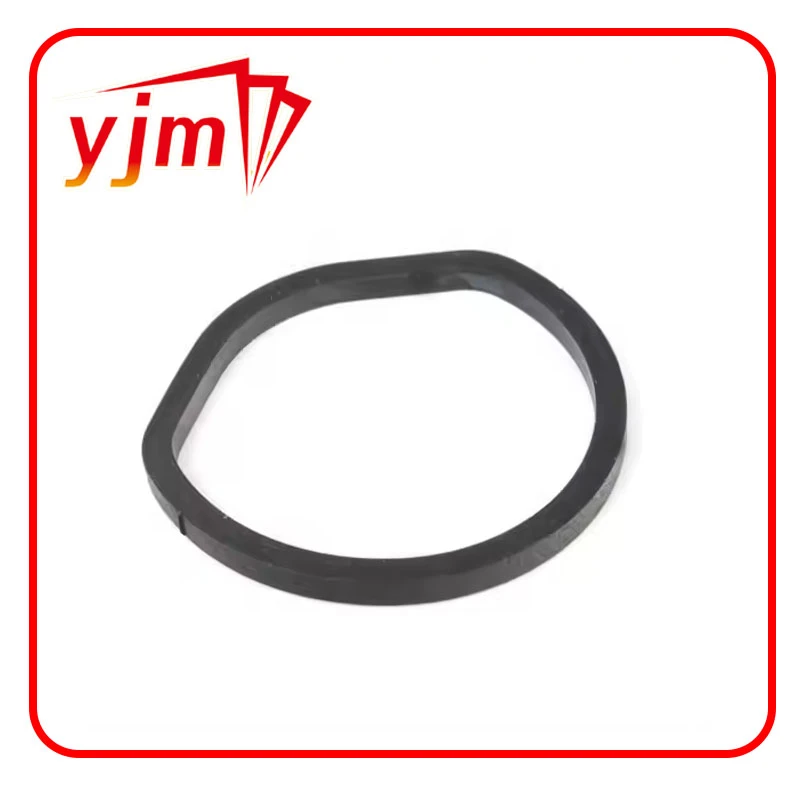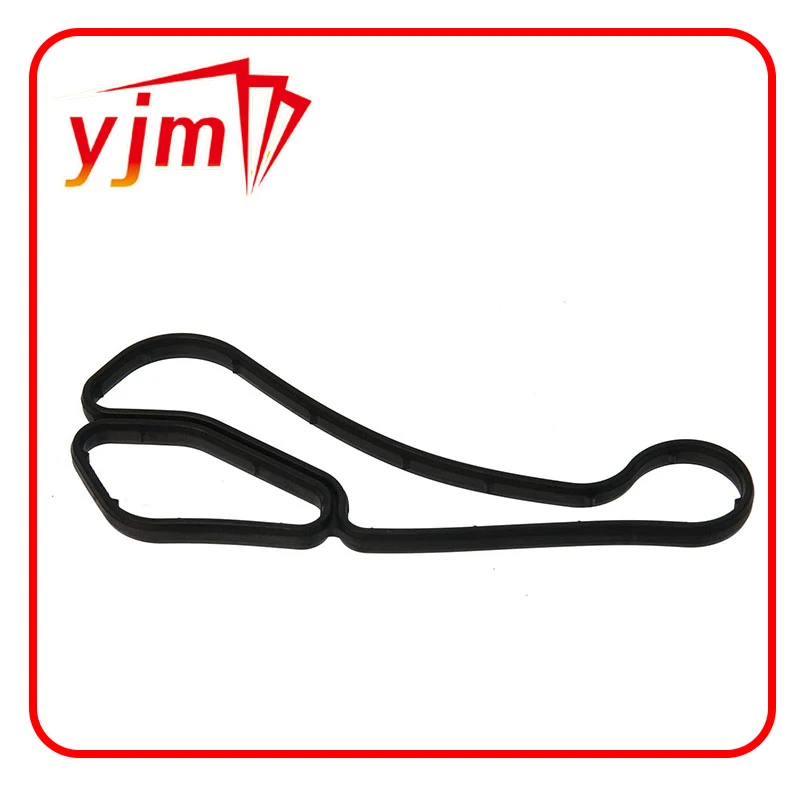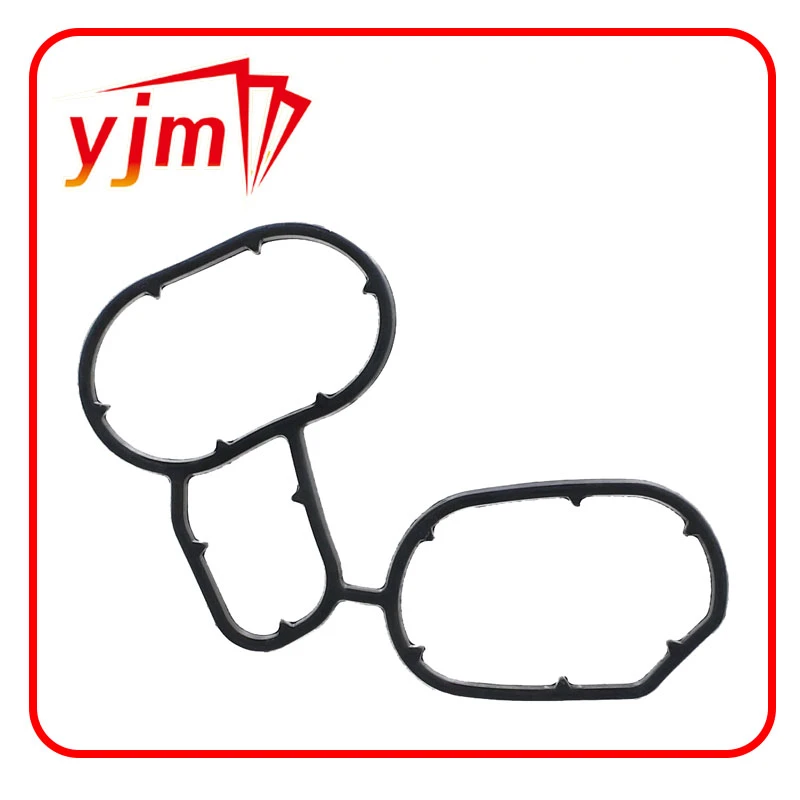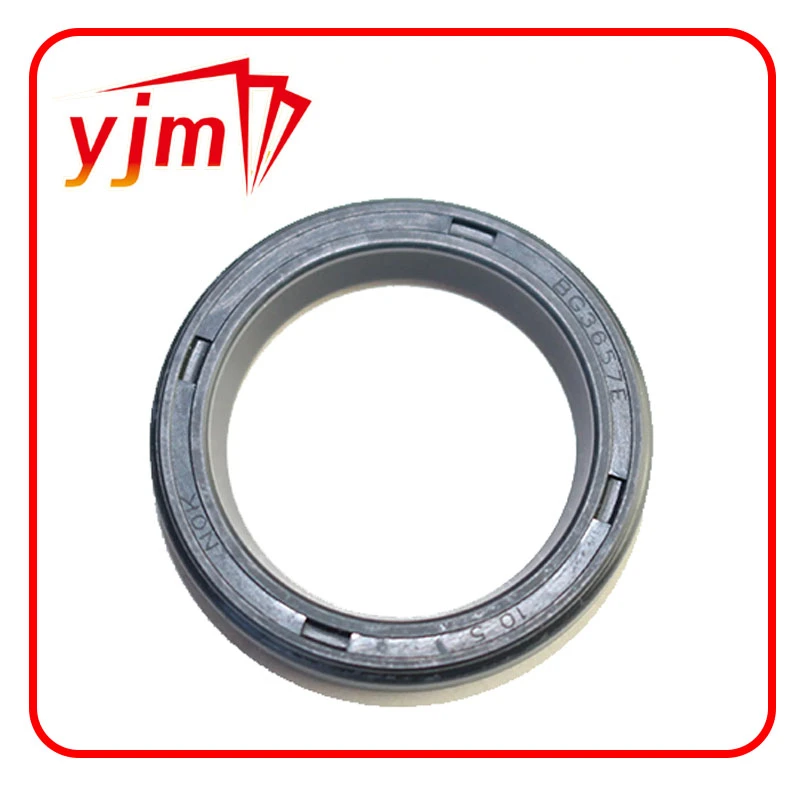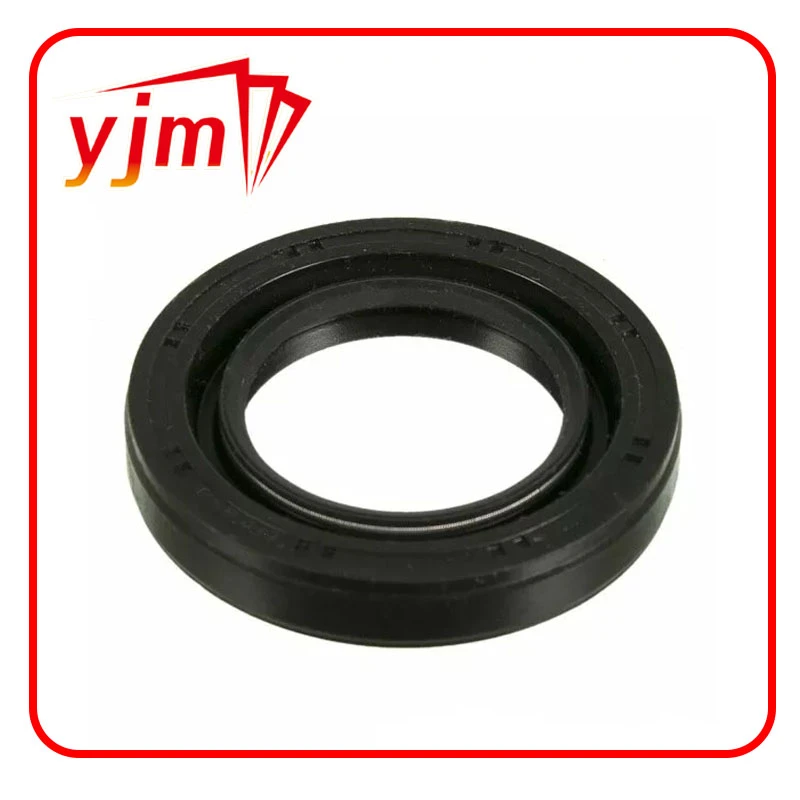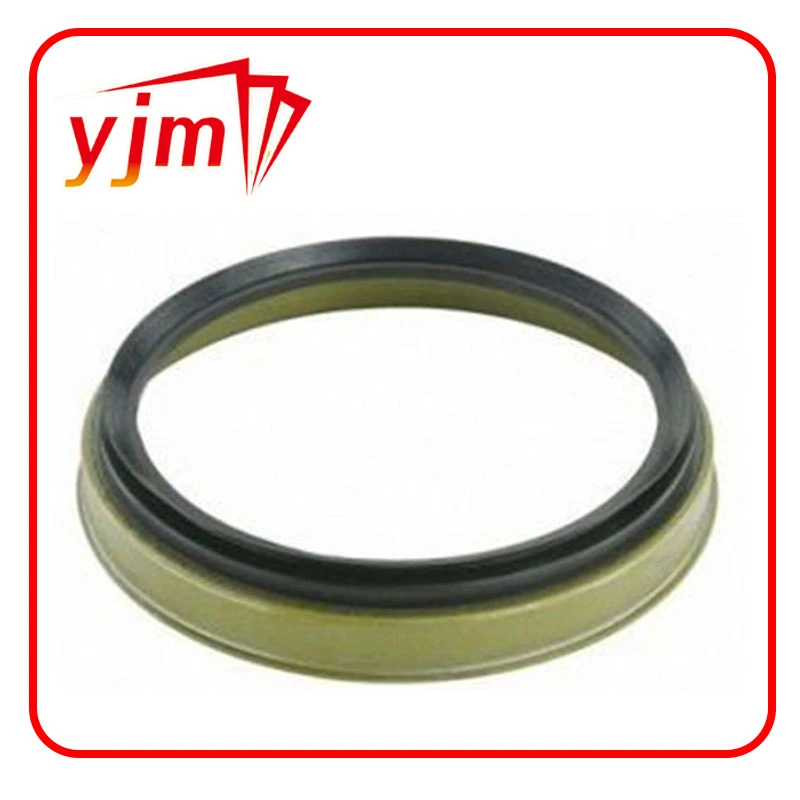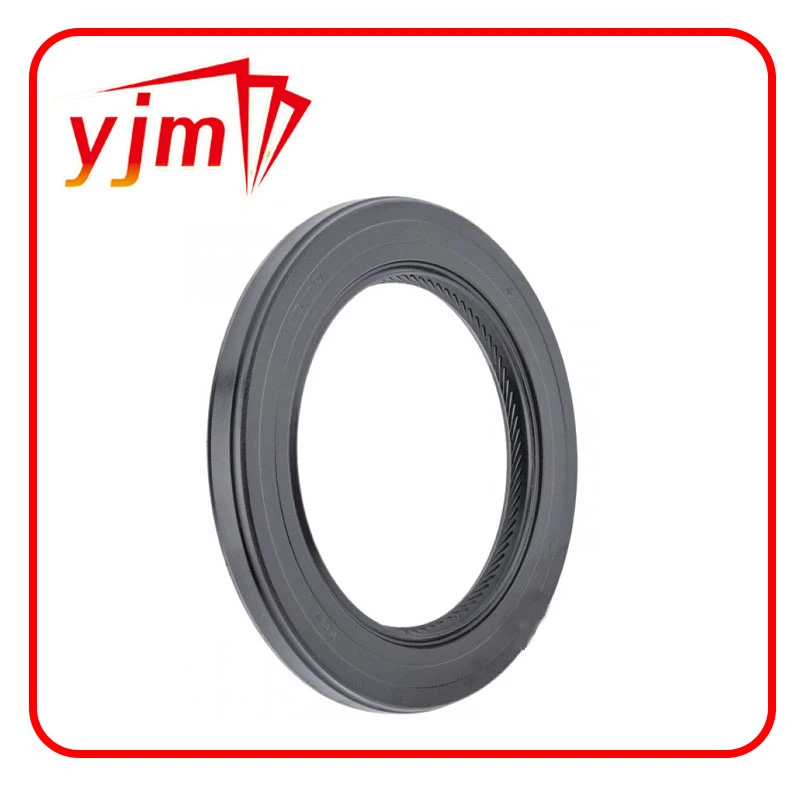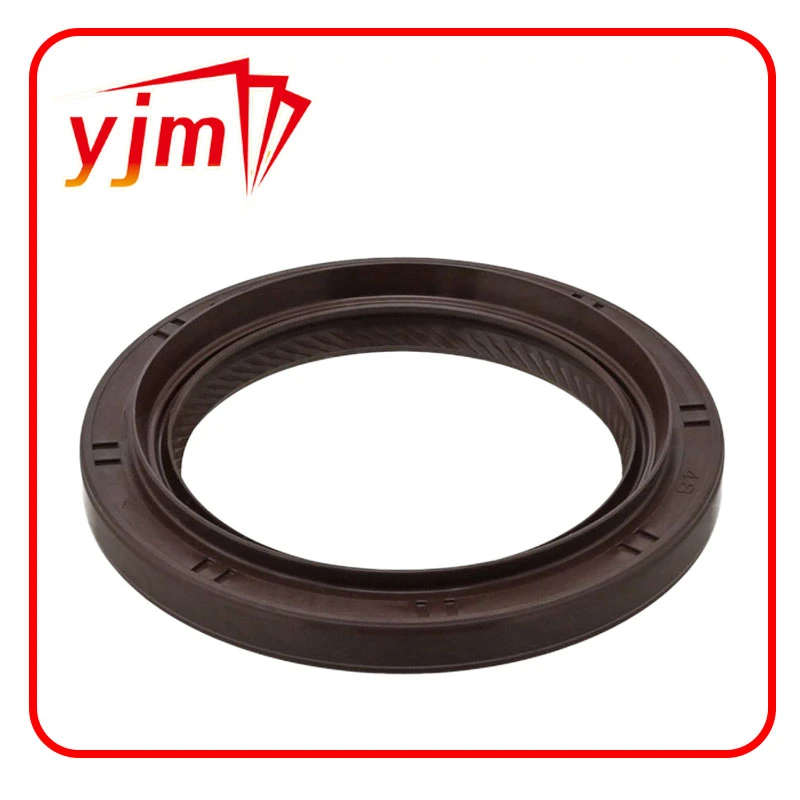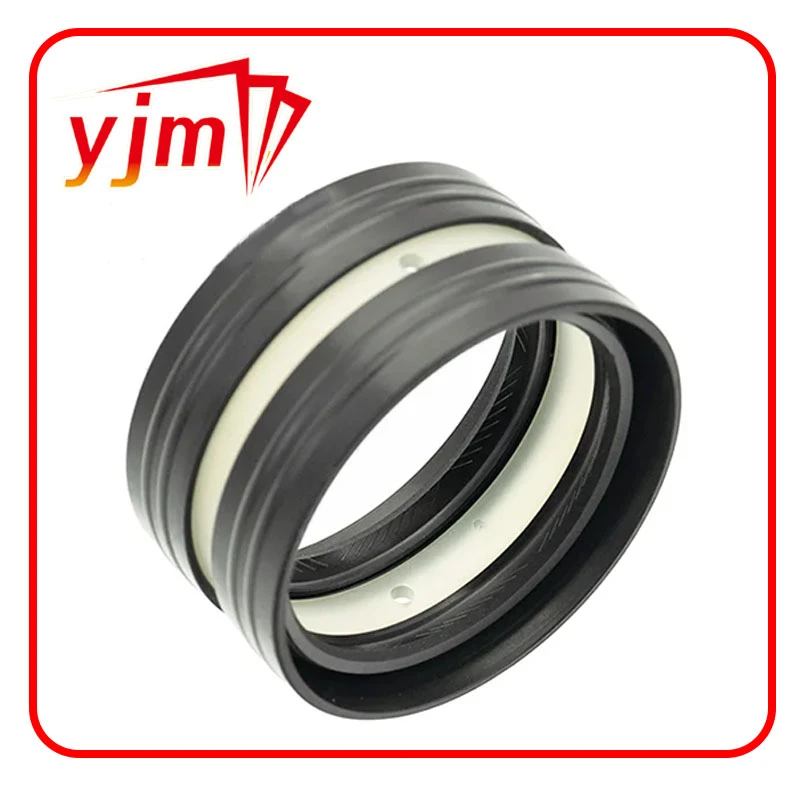Understanding Crankshaft Oil Seals: What They Do and When to Replace Them
Engine oil leaks can quickly turn from a minor annoyance into a major problem. One of the most common culprits? Worn or damaged crankshaft oil seals. These essential engine components may be small, but they play a big role in keeping your engine sealed and running clean. In this article, we’ll explore the function and importance of the front crankshaft seal, rear crankshaft seal, and crank seal overall, and help you understand how to spot problems before they lead to costly repairs.
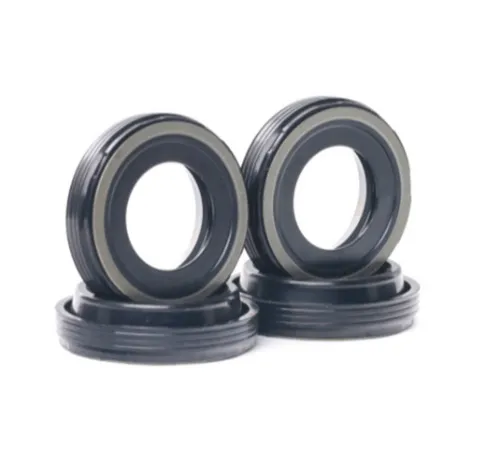
What Is a Crankshaft Oil Seal?
The crankshaft oil seal (also commonly called a crank seal) is a rubber or polymer ring that fits snugly around the rotating crankshaft where it exits the engine block. Its purpose is to keep engine oil inside while preventing dirt and debris from entering the crankcase.
There are two main types:
Front crankshaft seal (also referred to as the front main seal)
Rear crankshaft seal
These seals are installed at either end of the crankshaft. When working properly, they ensure that the internal engine oil remains contained, maintaining proper lubrication of engine components and preventing contamination.
Front Crankshaft Seal: The First Line of Defense
The front crankshaft seal is located behind the main crank pulley or harmonic balancer, at the engine’s front. It helps prevent oil from leaking out around the rotating shaft and keeps the timing components clean and lubricated.
Signs of a bad front crankshaft seal include:
Visible oil leaks on the front of the engine
Oil splattered near the timing belt or serpentine belt
Low engine oil levels without an obvious cause
A worn front main seal can lead to oil leaking onto the belts and pulleys, which may cause slippage, squealing, or even engine overheating. If ignored, the damage can escalate, impacting the timing system and accessory drive components.
Replacement Tip: Replacing the front crankshaft seal usually requires removing the crank pulley, which often involves special tools. While some DIYers can handle this repair, many opt for a professional mechanic, especially if the timing belt is involved.
Rear Crankshaft Seal: Hard to See, Costly to Ignore
The rear crankshaft seal sits between the engine and the transmission. Because of its hidden location, a leak from this area is often harder to detect—and much more labor-intensive to repair.
Symptoms of a failing rear crankshaft seal:
Oil dripping from the bottom of the bellhousing
Engine oil stains near the transmission
Clutch slippage (in manual vehicles) due to oil contamination
Unlike the front crankshaft seal, accessing the rear crankshaft seal typically requires removing the transmission or transaxle. This makes it one of the more expensive seal replacements, even though the part itself is relatively inexpensive.
Pro Tip: If your vehicle already requires a transmission removal—such as during a clutch replacement—it’s smart to inspect and replace the rear crankshaft seal at the same time to avoid future labor costs.
Preventing and Diagnosing Crank Seal Failures
No crank seal lasts forever. Over time, they wear out due to:
Heat cycles that cause rubber hardening or shrinkage
Engine vibration and crankshaft movement
Contaminants like dirt, sludge, or degraded oil
To prevent premature seal failure:
Maintain regular oil changes using high-quality oil
Avoid overfilling the crankcase, which increases pressure
Ensure your PCV (Positive Crankcase Ventilation) system is functioning properly
Diagnosing a failing crankshaft oil seal typically involves:
Checking for external oil leaks near the crankshaft
Inspecting oil spray patterns or build-up on adjacent components
Monitoring oil levels more frequently than usual
Often, a dye test or UV light can help trace leaks accurately, especially when determining if it’s the front main seal or rear crankshaft seal that's leaking.
Though they’re small and often overlooked, crankshaft oil seals play a crucial role in engine health. Whether it's a leaky front crankshaft seal, a hidden rear crankshaft seal, or general wear on the crank seal, addressing the issue early can prevent more severe engine damage and costly repairs down the road.
If you're noticing oil leaks or planning engine work, inspect the crankshaft oil seal closely. Replacing a failing seal during scheduled maintenance can save time, labor, and money—especially when bundled with other repairs.
-
High-Quality Seal 12x22x5 for Industrial & Automotive Use | YJM Seal
خبرون Nov.25,2025
-
Seal 12x20x5: Precision Radial Shaft Seals for Industrial Reliability
خبرون Nov.24,2025
-
Seal 12x18x5: Essential Guide to Specifications, Applications & Vendors
خبرون Nov.24,2025
-
Understanding Seal 12 20 5: Applications, Specifications & Industry Insights
خبرون Nov.23,2025
-
Durable Oil Seal 85x110x12 – Reliable Sealing Solutions for Industry
خبرون Nov.23,2025
-
Durable and Precise Oil Seal 75x95x10 for Efficient Machinery | YJM Seal
خبرون Nov.22,2025
-
Durable Oil Seal 75x100x10 for Reliable Industrial Performance | YJM Seal
خبرون Nov.22,2025
مصنوعات جا زمرا

